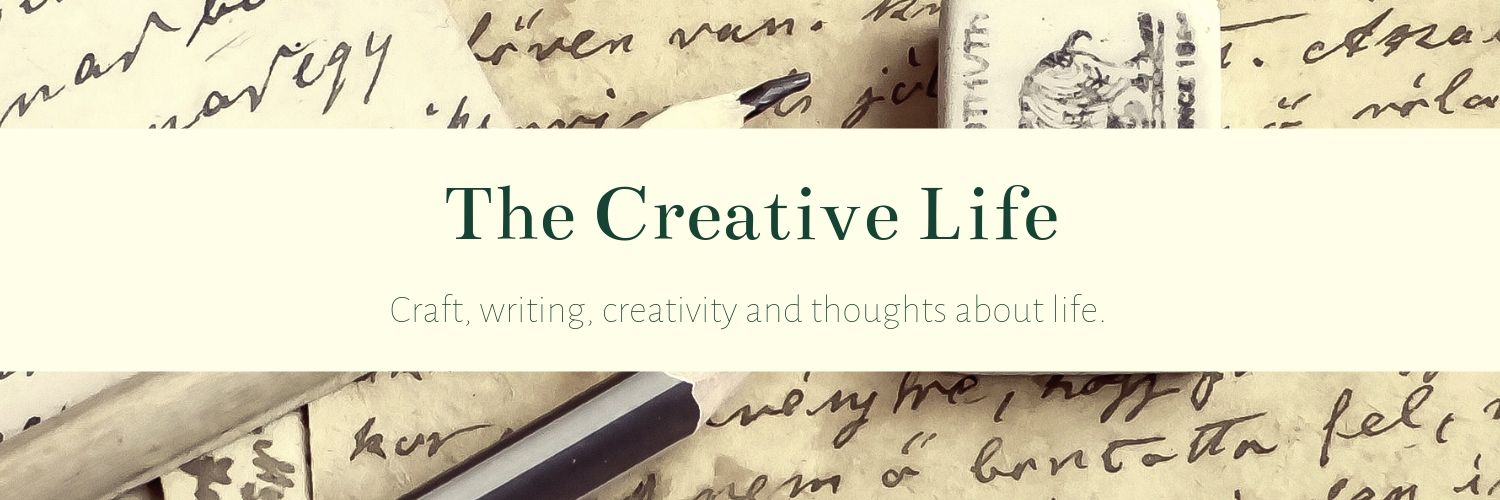Today I’m joined by Abbey Peschel, Boston-area printing and marketing specialist. Abbey is sharing a wonderful piece about artistic uses of 3D printing technology. Enjoy!
How 3D Printing Technology Is Expanding Creative Horizons
by Abbey Peschel
If your idea of art is still limited to hand-carving or building statues and painting with a brush, you might be surprised by how much 3D printing has changed things. One team of artists is even using this technology to custom-build and entire room out of sandstone.

Geometric 3D printed solid
According to Gizmodo, the “Digital Grotesque” project will be unveiled July 22, 2013 and is composed of a series of repeating organic forms. The project uses an algorithm that repeats and divides shapes and motifs drawn from the work of the famous Swiss surrealist painter, H.R. Giger. The result is reminiscent of an alien cathedral, and all of it is printed by machine.
Fine artists aren’t the only ones who are using 3D printing to increase creativity. This technology is also providing personalization and individualized services for products, ad campaigns and many legal services and commercial projects.
That means that brands like Converse can let customers design their own sneakers and wear them out of the store in just an hour. Marketing Week reports that Soundcloud offers a service that lets users turn songs into smart phone cases, while Nokia lets customers personalize cases for specific device models.
 Of course, the increased speed, availability and affordability of 3D printing does cause some manufacturers to worry. In a world where 3D printers are readily available, piracy can easily be extended to physical objects rather than just media. As of July 2013, electronic blueprints for all kinds of designs are already being shared online, encouraging companies to use caution.
Of course, the increased speed, availability and affordability of 3D printing does cause some manufacturers to worry. In a world where 3D printers are readily available, piracy can easily be extended to physical objects rather than just media. As of July 2013, electronic blueprints for all kinds of designs are already being shared online, encouraging companies to use caution.
3D printing isn’t without its potential problems, but its overall effect has been to boost creativity and ingenuity in all kinds of industries. No longer just a solution for big product developers and concept designers, this technology can now let artists, corporations and even individual consumers make their ideas into tangible, physical reality.
You can follow Abbey Peschel on Twitter



I'd love to hear your thoughts!